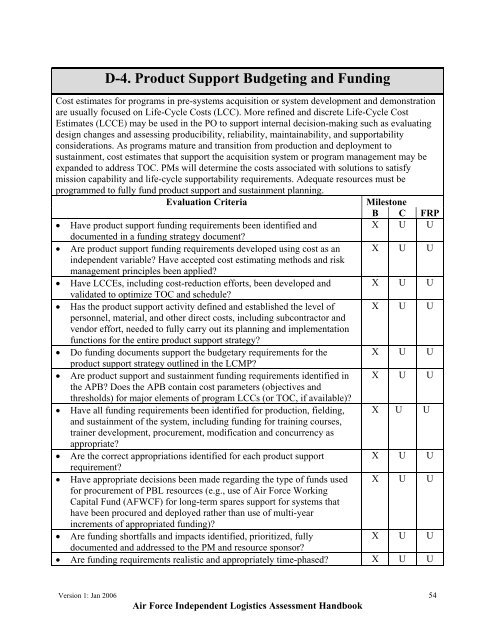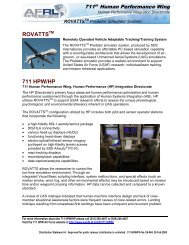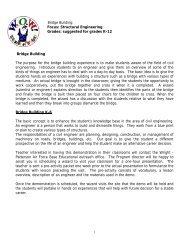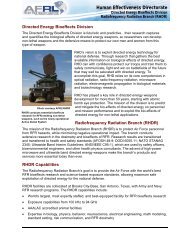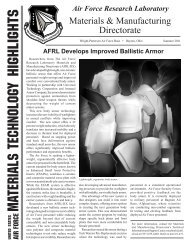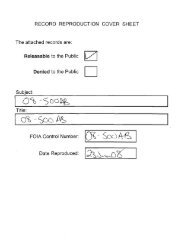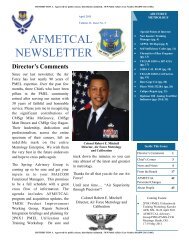USAF ILA Handbook - ACC Practice Center - Defense Acquisition ...
USAF ILA Handbook - ACC Practice Center - Defense Acquisition ...
USAF ILA Handbook - ACC Practice Center - Defense Acquisition ...
Create successful ePaper yourself
Turn your PDF publications into a flip-book with our unique Google optimized e-Paper software.
D-4. Product Support Budgeting and Funding<br />
Cost estimates for programs in pre-systems acquisition or system development and demonstration<br />
are usually focused on Life-Cycle Costs (LCC). More refined and discrete Life-Cycle Cost<br />
Estimates (LCCE) may be used in the PO to support internal decision-making such as evaluating<br />
design changes and assessing producibility, reliability, maintainability, and supportability<br />
considerations. As programs mature and transition from production and deployment to<br />
sustainment, cost estimates that support the acquisition system or program management may be<br />
expanded to address TOC. PMs will determine the costs associated with solutions to satisfy<br />
mission capability and life-cycle supportability requirements. Adequate resources must be<br />
programmed to fully fund product support and sustainment planning.<br />
Evaluation Criteria<br />
Milestone<br />
B C FRP<br />
• Have product support funding requirements been identified and<br />
X U U<br />
documented in a funding strategy document<br />
• Are product support funding requirements developed using cost as an X U U<br />
independent variable Have accepted cost estimating methods and risk<br />
management principles been applied<br />
• Have LCCEs, including cost-reduction efforts, been developed and X U U<br />
validated to optimize TOC and schedule<br />
• Has the product support activity defined and established the level of X U U<br />
personnel, material, and other direct costs, including subcontractor and<br />
vendor effort, needed to fully carry out its planning and implementation<br />
functions for the entire product support strategy<br />
• Do funding documents support the budgetary requirements for the X U U<br />
product support strategy outlined in the LCMP<br />
• Are product support and sustainment funding requirements identified in X U U<br />
the APB Does the APB contain cost parameters (objectives and<br />
thresholds) for major elements of program LCCs (or TOC, if available)<br />
• Have all funding requirements been identified for production, fielding, X U U<br />
and sustainment of the system, including funding for training courses,<br />
trainer development, procurement, modification and concurrency as<br />
appropriate<br />
• Are the correct appropriations identified for each product support X U U<br />
requirement<br />
• Have appropriate decisions been made regarding the type of funds used X U U<br />
for procurement of PBL resources (e.g., use of Air Force Working<br />
Capital Fund (AFWCF) for long-term spares support for systems that<br />
have been procured and deployed rather than use of multi-year<br />
increments of appropriated funding)<br />
• Are funding shortfalls and impacts identified, prioritized, fully<br />
X U U<br />
documented and addressed to the PM and resource sponsor<br />
• Are funding requirements realistic and appropriately time-phased X U U<br />
Version 1: Jan 2006 54<br />
Air Force Independent Logistics Assessment <strong>Handbook</strong>


